ORF! Reading Growth Is about More Than Speed
A MiddleWeb Blog
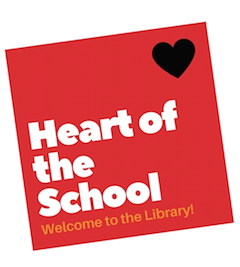 Today in almost every school that serves middle grades students, teachers are required (or at least highly encouraged) to use curriculum based measures (CBMs) at least three times a year.
Today in almost every school that serves middle grades students, teachers are required (or at least highly encouraged) to use curriculum based measures (CBMs) at least three times a year.
The CBM most commonly used in literacy is an oral reading fluency probe (ORF.) Whether the passage comes from DIBELS, AIMSweb, FAST, EasyCBM, or another source, the idea is pretty much the same.
1. Give a student a copy of the grade-level passage.
2. Time the student for one minute as s/he reads aloud.
3. Mark the student’s errors on the teacher’s copy of the passage.
4. Count total word correct to get a CWPM (correct words per minute) score.
CBMs: A Good Idea with a Flaw
The basic rationale for using CBMs is good. For example, the results of the ORF are used to gauge student growth in reading and to act as screener to identify readers who might need extra assistance. The assumption is that ORF scores can be used as a proxy for reading competence.
Although there is some controversy surrounding this idea, let’s set most of it aside for now and focus on the main concern of teachers: ORF assessments can unintentionally teach students to believe that good reading is fast reading and vice versa.
That is a problem. A big one. But, luckily, it is also a problem that can be easily fixed.
Reading Is Understanding
Let’s start with a basic definition of reading. When I work with students, I define reading as understanding. If you didn’t understand the words on the page, you didn’t read them. Reading is understanding. Period.
Not only that, but even fluency in and of itself is more than just speed. Fluency includes accuracy, expression, and smoothness too. I want my students to know these things. I don’t want to inadvertently stress speed over expression or, more importantly, over comprehension.
CBMs with a Twist!
When I assess students using CBMs, I give the readings a twist by emphasizing the fact that good reading is comprehending the text. Below are the steps I take.
1. Before beginning the ORF CBM, I say, “You will read aloud for one minute. At the end of one minute, you can choose to keep reading aloud or to finish the story silently. When you are finished, I am going to ask you to retell the story to me. Make sure you think about what you are reading. Remember, reading is all about understanding!” This is the main twist, students do not stop reading when a timer goes off, though I stop monitoring their oral reading.
2. Once the student is finished reading aloud for a full minute, I again ask them to finish the story. While the student finishes, I tally CWPM and mark my homemade fluency rubric (one that includes assessment of accuracy, expression, and smoothness in addition to speed.)
3. When the student is done reading, I ask them to retell the story. If they cannot do it independently, I offer prompts.
• What was the story about?
• Who were the characters?
• What was the setting?
• What happened first? Next? Last?
• What was the author’s message?
4. Last, I evaluate the student’s level of comprehension using a checklist and rubric I created and calculate a comprehension score.
CBMs for English Language Learners
CBMs pose many problems for students who are English learners (ELs) because:
• The readability levels of the assessments are often way above ELs’ actual English reading ability.
• There are no visual supports offered to students.
•The assessment situation does not allow for prior knowledge to be built or activated.
• They assess only one domain, reading.
• They can lead to discouragement and decreased motivation given how challenging they can be for many ELs.
But, again, with a little twist, CBMs can provide great data for working with our ELs. Especially since, in general, teachers of ELs want and need ESL-specific data to show classroom teachers, parents, administrators, and students that ELs are making progress. They are loath to wait for the results of yearly ESL tests to get that data.
The Twist for ELs: CBM3D
Curriculum Based Measures in 3 Domains is a simple tweak that allows teachers to get multiple data points to monitor student ELD growth in three language domains: reading, writing, and speaking. My husband, a former ESL teacher, and I developed it 10 years ago and have used it with learners in schools all over the Midwest and have found it to be helpful.
Preparing CBM3D Number List
1. Begin by ascertaining the actual reading levels of your ELs (not grade level). For example, a 6th grade student might be reading at the 2nd grade level.
2. Choose a set of CBMs to use (there are several free versions shared above). Download and print the teacher and student forms for a passage at the student’s actual reading level.
3. Develop a picture support for the passage. It can be simple and made using Google Images or by hand-drawing. See the sample below.
Administering CBM3D Number List
1. Begin by telling the student that they will be spending the next 10 minutes or so reading, thinking, and talking about a short passage they will read. Assure them that you will be there to help them and that you are excited to see their growth. Then, follow the steps below.
2. Show the student the picture support you developed. Allow the student to look at it for as long as they like and to talk about what they think the passage will be about based on the pictures. Allow the student to keep the picture support throughout the assessment.
3. Ask the student to read the passage aloud for one minute. Tell them not to worry about finishing it in one minute; they can take all the time they need to finish when the minute is up.
4. As the student reads, mark the teacher’s copy, noting strategies used, strengths, possible needs, and words read incorrectly.
5. At the end of one minute, allow the student to finish the passage, saying, “Please finish the passage. Read it carefully; I am going to ask you to talk and write about it when you’re done.”

This is critical for students who sometimes have a hard time seeing their own progress and success. It is also a possible growth point to share with anxious administrators who see what seems to be stagnant or limited growth for ELs on state assessments of ELD and language arts.)
7. Once the student finishes, ask them to orally retell the story. As they are retelling, listen and prompt the student to tell more if needed. While the student retells, score them on two rubrics. The first rubric is for overall reading comprehension (shared above.)
The second rubric to help you get information about the student’s ELD in the domain of speaking. Look here for a sample speaking rubric. (Using two rubrics at once can get tricky. It might be helpful to digitally record the retell so it can be listened to twice. The recording itself can also be used as an artifact to monitor and celebrate student progress.)
8. After the oral retell, ask the student to do a written retell as well. When the student is done writing, score their work on your school’s writing rubric or any other.
Using the Results of CBM3D
Once the recording is completed, the teacher has four data points in three domains. Reading (ORF CWPM and basic comprehension), speaking, and writing. That data can be used in myriad ways. From working with students to set goals, to sharing growth with PLCs and administrators, to helping teachers plan for further instruction, the data is fresh and valuable.
Worth the Effort
CBMs with a Twist and CBM3D allow teachers to collect multiple data points to help get a more rounded picture of progress. Do they take more time than a traditional CBM or relying on yearly high-stakes tests? Yes. But it’s worth it.
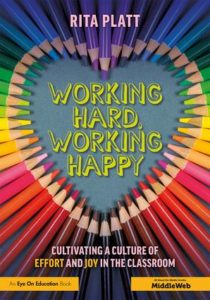

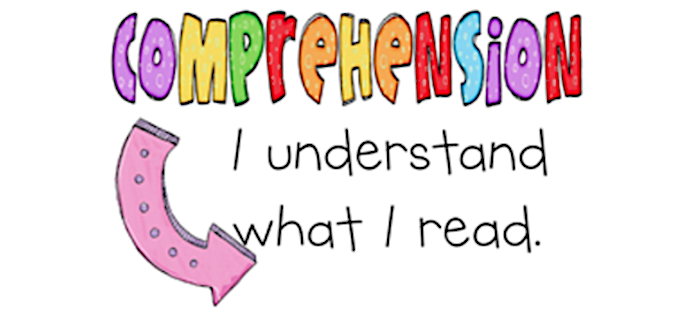

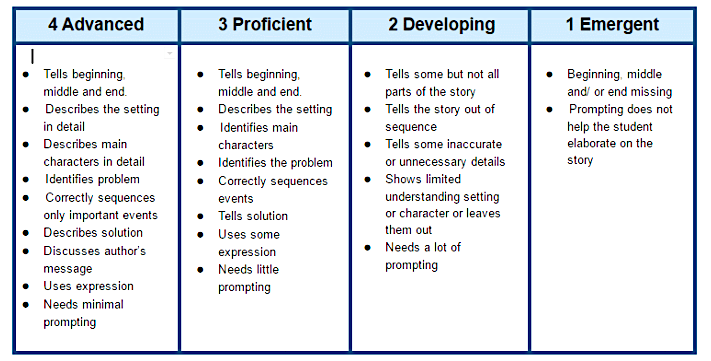
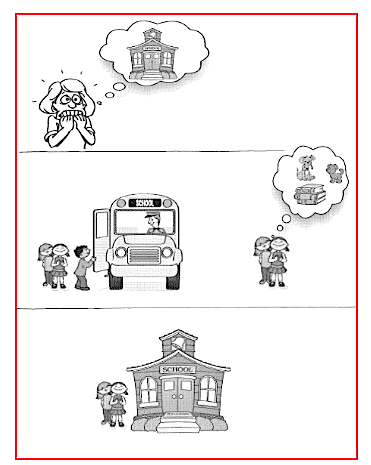





























I did enjoy your article and picked up a few tips to try. Thank you.
So glad!
Great article! That’s a great point – CBM3D. Using visuals helps make it more readily available for our ESL students.
I really appreciate your work!
Great article-comprehension is important!
Great ideas for incorporating comprehension for all students into the CBMs.